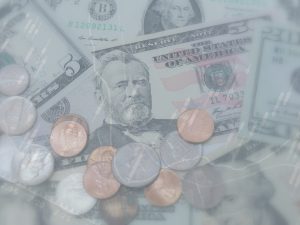John Law – 300 Years On
The comments below are an edited and abridged synopsis of an article by Alasdair Macleod
Most people are aware of speculative bubbles—the South Sea bubble, tulips and, more recently, dot-coms.
The most infamous has to be the Mississippi bubble, whose central figure was John Law. Law set up an inflation scheme in 1716 to rescue France’s finances. He proposed a scheme that would be based on a new paper currency.

Law had studied finance and the principles of trade. He was a successful gambler, because of his ability to calculate odds. Similarities with Keynes 200 years later are striking. Both Law and Keynes felt that sound money was too restrictive for the enhancement of an economy.
Much of what Law enacted in France rhymes with our neo-Keynesian world today. The difference is that when given the opportunity, Law seized it. Keynes never directly drove his schemes. Even though he wrote that gold was a barbaric relic, gold convertibility for the reserve currency was only abandoned long after his death.
This article looks at John Law’s actions in the years following Louis XIV’s death in 1715, and how he brought a brief period of prosperity to France with a mixture of monetary and asset price inflation. Macleod examines the monetary history of this period in France to see what lessons we can draw from it, given the similarity between Law’s monetary policies and those of governments today.
Up for discussion: The establishment of Banque Generale; the Mississippi connection; peak hubris; and the lesson for today.
